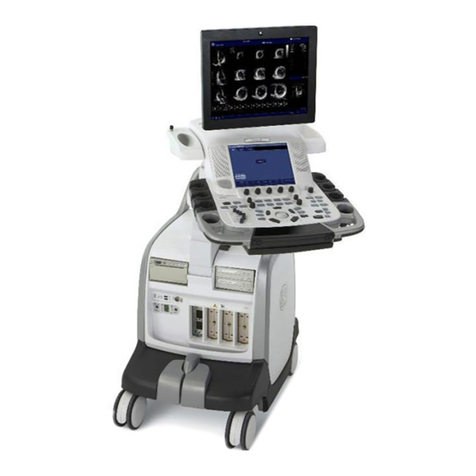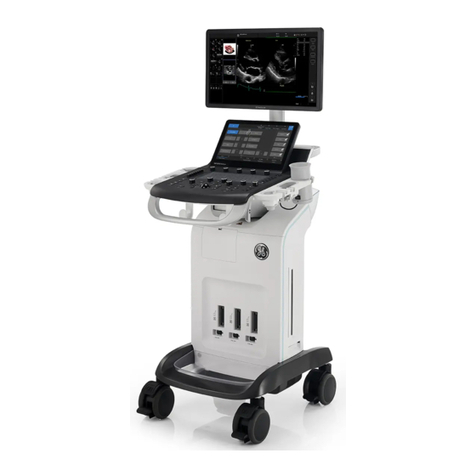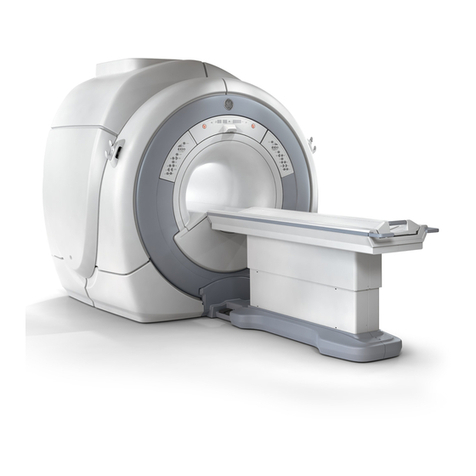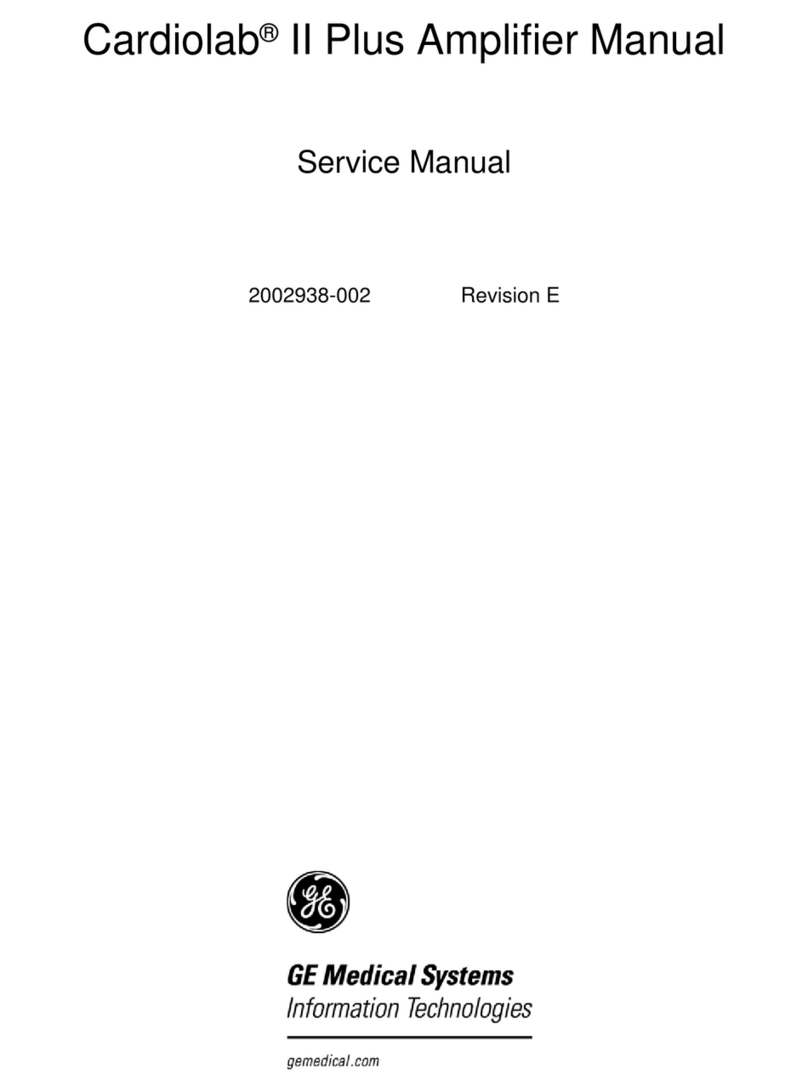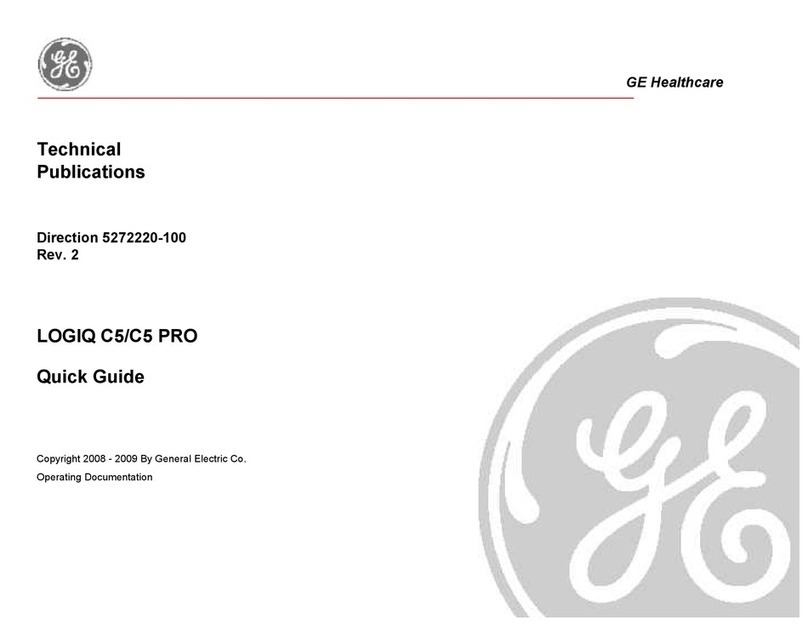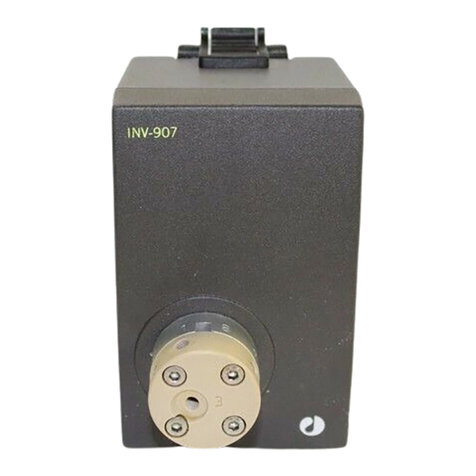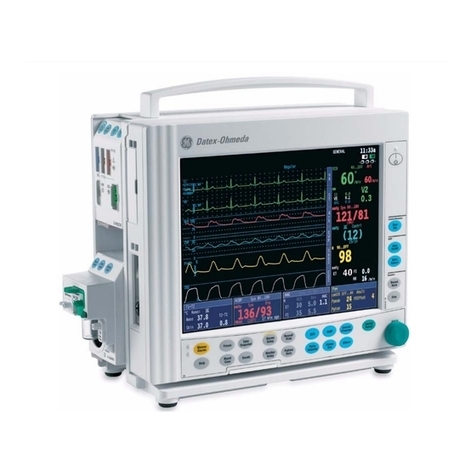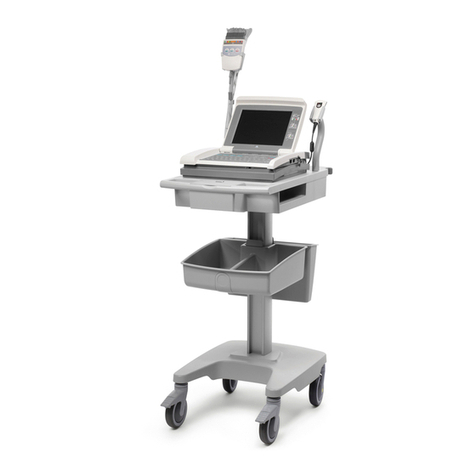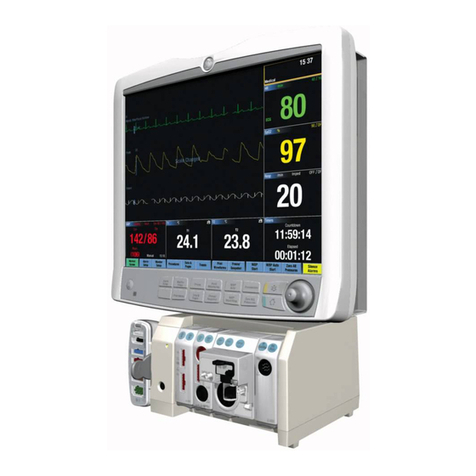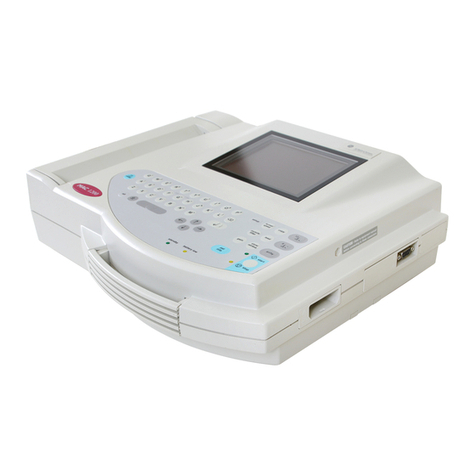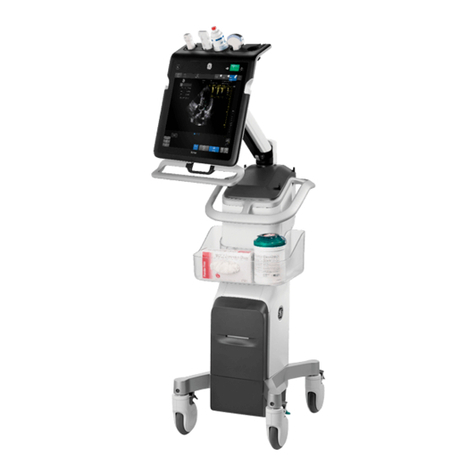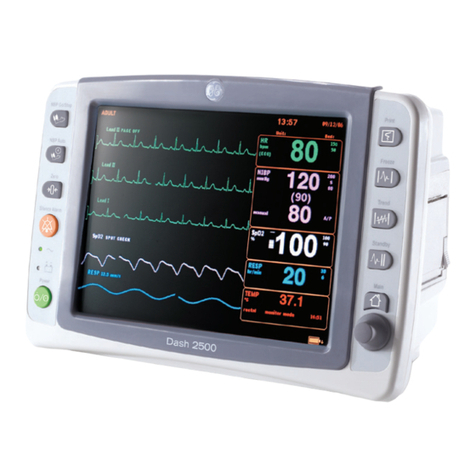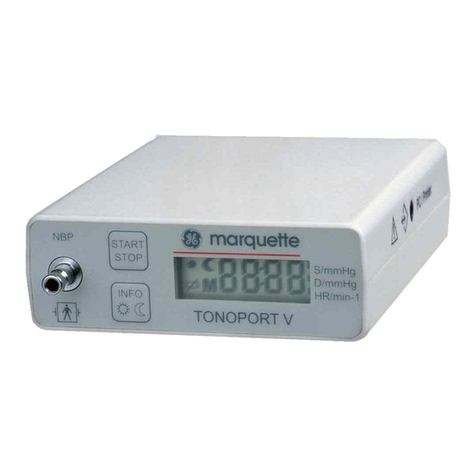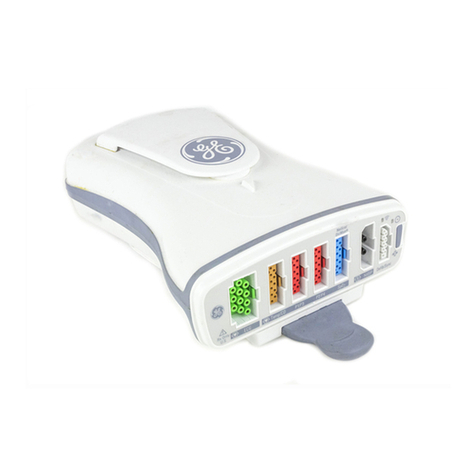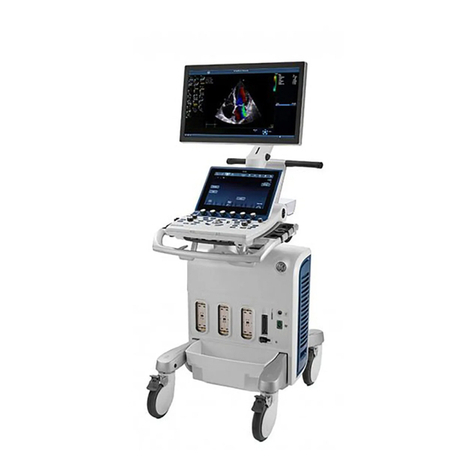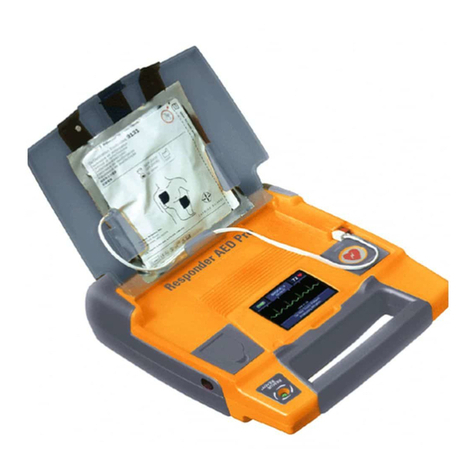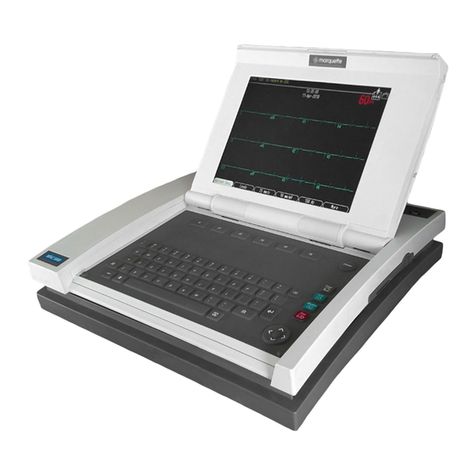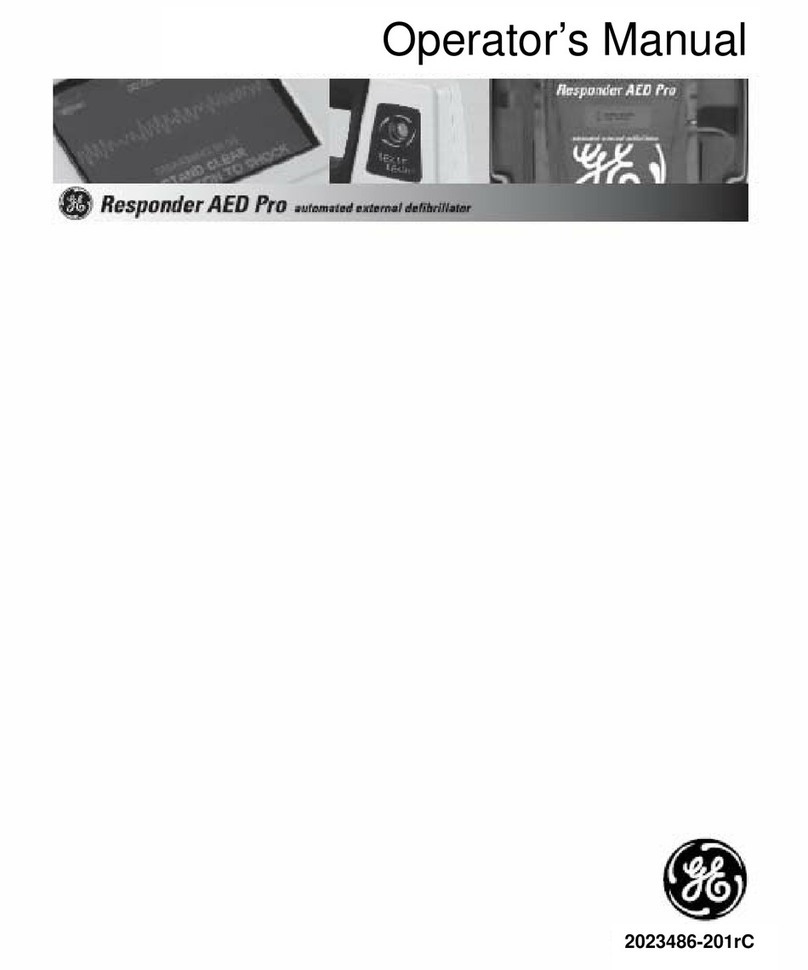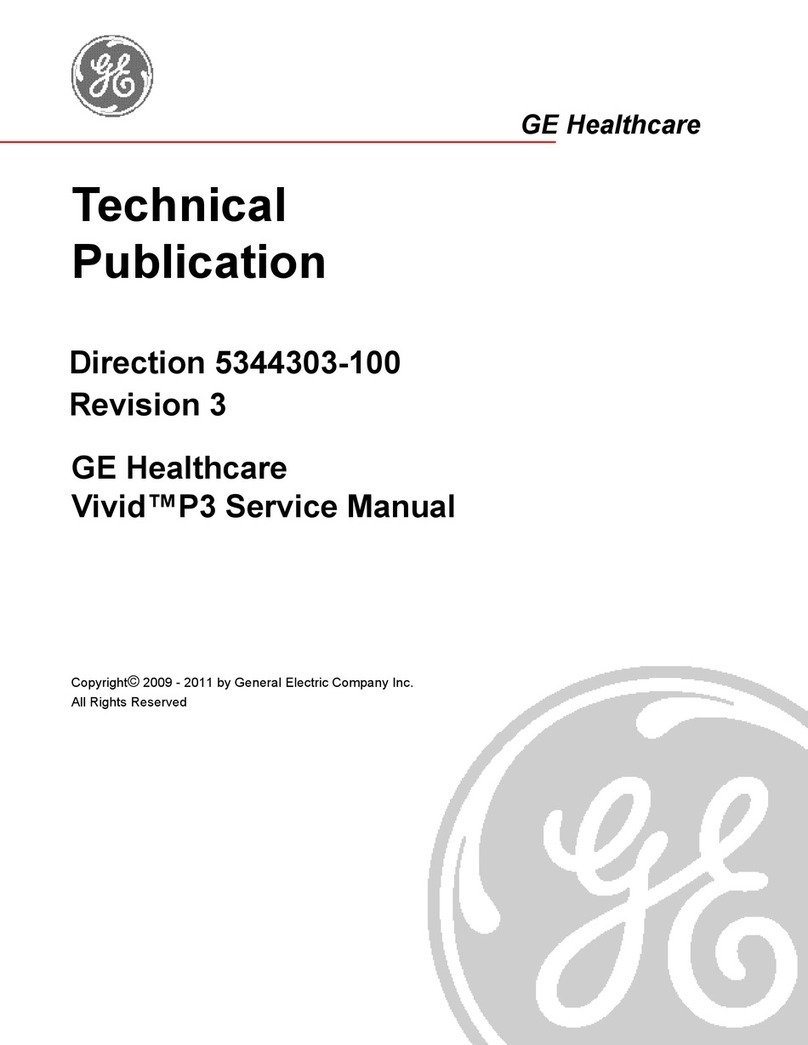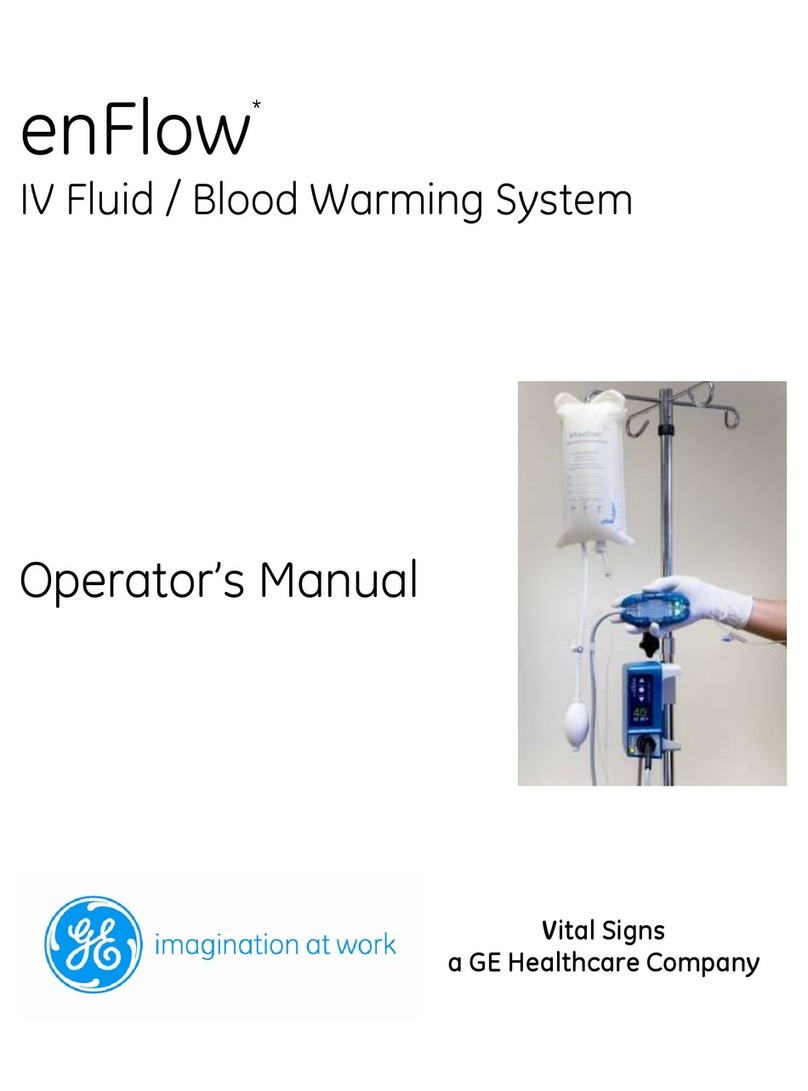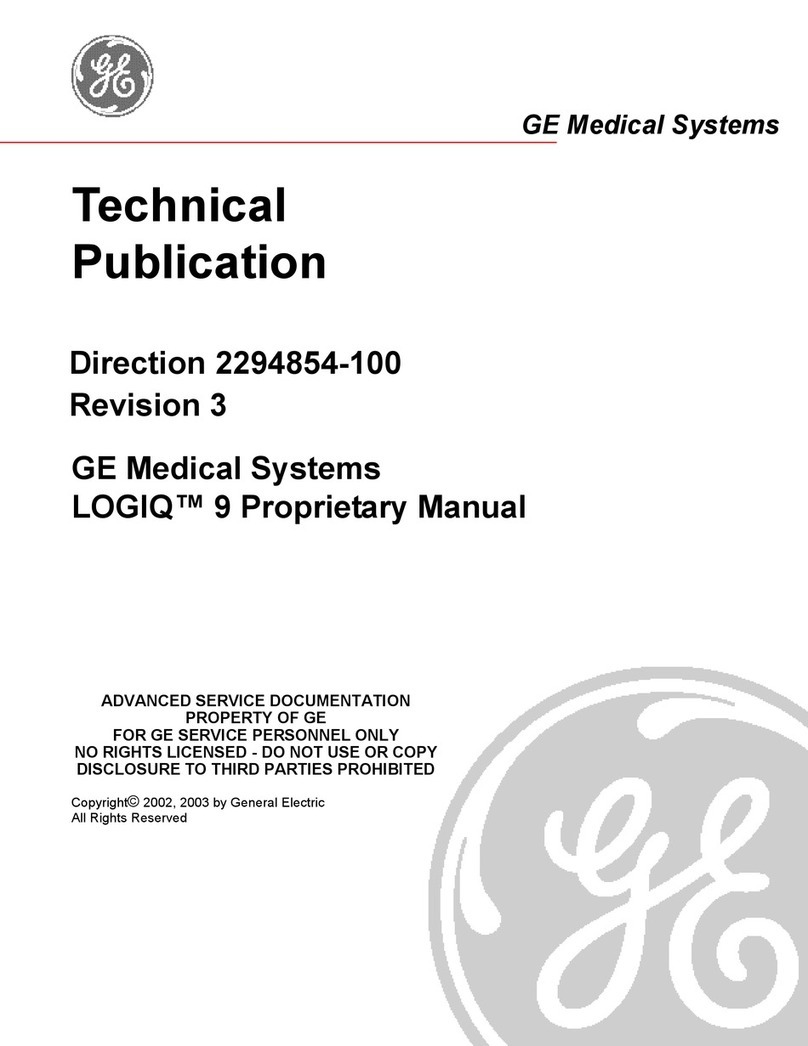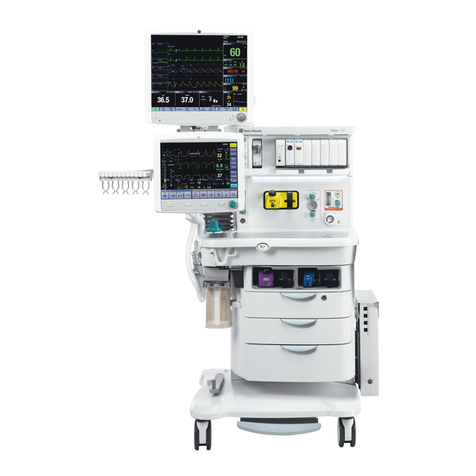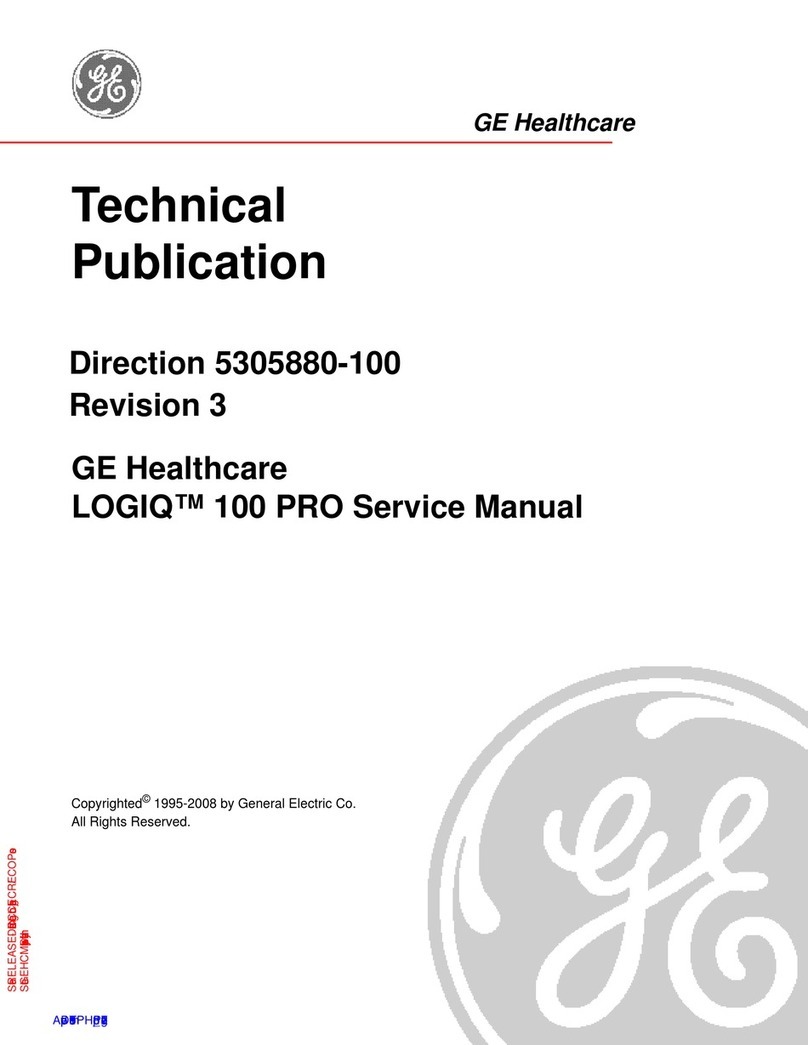
- 6 of 40 -
4400-0024-EN Rev A
Warnings
• All IV uid bags must be vented of air per IV uid manufacturers’ directions prior to connecting to the infusion set. Standard IV line protocols for priming
the complete infusion set, the enFlow Disposable Cartridge, and the extension set must be followed before connecting to a patient. Care must be taken
to ensure there is not sucient air in the uid bag and lines to cause an air embolism.
• The ‘High Priority Alarm’is a ashing RED LED, a ashing RED controller display, and an audible alarm, indicating that the infusate is over temperature.
Stop the uid ow, and slide the Warmer covers open to stop warming. If the above occurs, then replace the Warmer and contact Technical Support. The
attending practitioner should remain within 4 m of the patient when the device is in use to enable visualization of the enFlow display and hear the audible
high priority alarm.
• The Warmer contains magnets; do not operate within 15 cm (6 in) of a pacemaker or other devices that may be sensitive to strong magnetic elds.
• The Disposable Cartridge may be a potential biohazard during or after use. Handle and dispose of in accordance with acceptable medical practice and
applicable regulations.
• Do not use in the presence of ammable anesthetics.
• Replace the fuses with Bussmann®part #S500-5-R or equivalent.
• The Disposable Cartridge should not be used for more than 24 hours.
• Ensure that the Disposable Cartridge expiration date has not passed.
• If the IV line runs dry, disconnect the Disposable Cartridge from the Warmer. Re-prime the entire IV system using aseptic techniques. Ensure all the air is
removed from both the line and the Disposable Cartridge. Replace the Disposable Cartridge in the Warmer.
• The enFlow Warmer is to be used only with approved enFlow power sources and the enFlow Disposable Cartridge.
• To avoid risk of electric shock, this equipment must only be connected to a supply main that is grounded. Should the need arise the device may be
disconnected by the appliance coupler.
• Do not connect the enCheck®to an enFlow system while it is in any way connected to a patient.
Cautions
• Follow the AABB “Guidelines for the Use of Blood Warming Devices”(© 2006) which caution against warming when administering platelets,
cryoprecipitate, or granulocyte suspensions.
• Some drugs or drug preparations may be sensitive to warming. As with any uid or blood warming system, carefully review the drug manufacturer’s
literature for information about thermal sensitivity.
• The Disposable Cartridge contains aluminum. Review the preparation or solution manufacturer’s instructions for use about chemical sensitivity.
• Do not ax, place or bind the Warmer directly to a patient during general use.
• Do not wrap the Warmer in towels, sheets, blankets or drapes.
• Warmer Strap (980304VS30) may be used with the Warmer for transport purposes only, such as eld use (for the military) and inter-hospital transport and
ambulatory circumstances. Do not strap for non-transport scenarios.
• The Warmer heating surface and Disposable Cartridge can get quite warm when heating cold IV uids/blood at high ow rates. Wait a few seconds after
stopping the IV uid/blood ow before removing the Disposable Cartridge.
• The Controller should only be plugged into a hospital grade outlet.
• Do not block the fan in the Controller as this may cause overheating.
• Although the Warmer has been tested to insure it will survive a drop of 1 m (3.28 ft), care should be taken that the device is not dropped to reduce the
potential of damage.
• Do not clean with:
ketones (MEK, acetone, etc.) or
abrasive cleaners.
• Do not sterilize the Warmer with:
steam sterilization (autoclave) or
dry heat.
• Do not disinfect or sterilize the Controller.
• Do not spray or pour cleaning solutions directly on the Controller.
• Do not allow cleaning solutions to accumulate on the Controller.
• When using the Controller mounted to an IV pole, it must be tightly secured on the pole no higher than 122 cm (48 in) from the ground. The pole
should have a base diameter of no less than 61 cm (24 in). A Controller mounted too high on the IV pole may cause instability. IV pole accessories or the
attachment of uid bags may also cause instability.
• Normal wear and tear during use of the Warmer may cause the device to be susceptible to uid ingress. Carefully inspect the heating surface of the
Warmer for tears or foreign matter before each use and take out of service if necessary.
• Always secure the infusion set with the provided IV Line Clip on the Warmer power cable to prevent kinking in the line.
• Do not use a sti bristle brush or sharp probe to remove foreign material.
• Do not use compressed air to dry.
